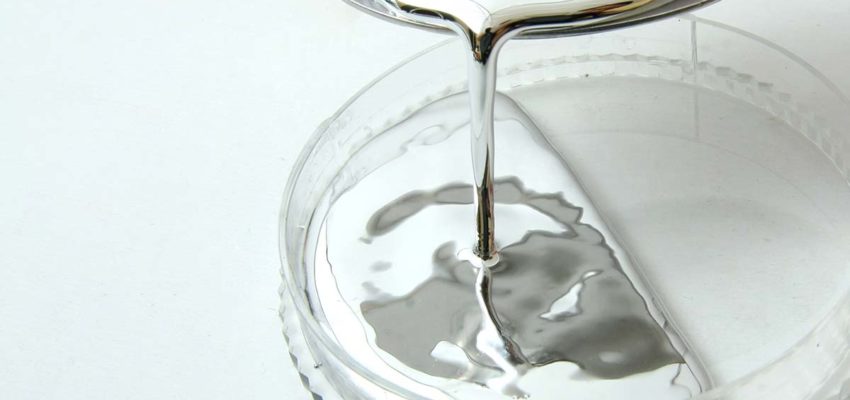Mercury is Poisonous

“In 2 grams (one average filling) of amalgam there is more than 30,000 times the maximum permissible daily intake of mercury (Swedish values)”
Dr Mats Hanson, Univ of Lund, Sweden
“Concerning the effects of mercury exposure on children as noted at autopsy following their death, the following were noted: (1) The changes in the brain were widespread and the whole cortex was affected, including the frontal lobe. (2) A reduction of brain weight by 26.55% was seen.”
Journal of Applied Toxicology 1985
“Professor Claes Rmael has shown that methyl mercury is 1000 times more potent in causing genetic damage than the next most powerful agent known -Colchicine.”
Modern Medicine 1970
“It (mercury) swiftly passes the placental barrier and accumulates in the foetal (baby’s) brain and blood, building up to 30% higher red blood cell levels than in the mother.”
Modern Medicine 1970
“The mildest cases (of mercury exposure) had mainly unspecific symptoms such as fatigue, impairment of memory, slight mental disorders, headaches, slow movements and numbness and tremor of the lips and fingers.”
Journal of Applied Toxicology 1985
“The results indicate the possibility of a microbial methylation of inorganic mercury from amalgam restorations in the mouth, as the Oral Streptococci studied are common in dental plaque.”
Scandinavian Journal of Dental Research 1983
“While the placenta may protect the fetus during acute (of short duration) maternal methylmercury exposure, it does not prevent foetal blood mercury accumulation during chronic (of long duration) maternal exposure.”
American Journal of Obstetrics and Gynaecology October 1976
“The genetic aspects of such a health problem primarily concerns the risk of an induction of cells with aberrant chromosome numbers. This might cause an increase, for instance, of trisomic defects like Mongolism…”
Hereditas 1967
“Among obstetric-related historical factors, a significant association was found between previous stillbirths and mercury levels in both maternal and cord blood.”
American Journal of Obstetrics and Gynaecology 1982
“Methyl mercury is 100 times more toxic to the nervous system than elemental mercury.”
Modern Medicine 1970
“At acute cytoxic concentrations the effects of mercury resemble those produced by X- Rays.”
Biochemical and Biophysical Research Communications 1982
“Among all the mercury compounds, methyl mercury is found to be the most neurotoxic. Methyl mercury penetrates the erythrocyte (red blood cell) membrane and binds to haemoglobin.”
Experimental and Clinical Neurotoxicology



